Article
Copenhagen: Postcards From the Edge of the Baltic Sea
Author(s):
As expensive as Copenhagen can be, some of its beautiful attractions can be enjoyed for free just walking through the streets and taking in the statues and houses.
Photography by the authors
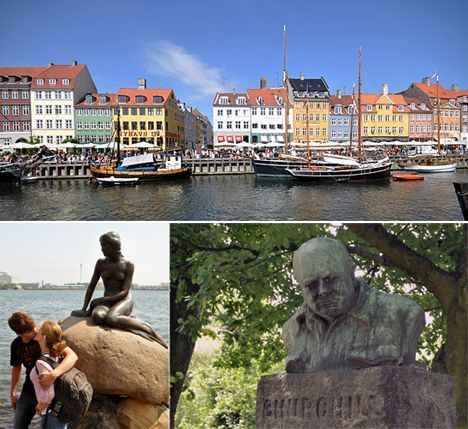
The Nyhavn homes along the new harbor canal are almost instantly identifiable as Copenhagen (once you realize this isn’t Curacao). Equally recognizable is the statue of the Little Mermaid where a couple of tourists had to be encouraged by a photographer’s shout of “Kiss her!” before they understood the magic of the moment. And perhaps it’s no surprise to see Winston Churchill scowling so famously in, what else, Churchill Park. It’s right beside the Museum of Danish Resistance, and if ever a man resisted the Nazis it was that tough old bulldog.
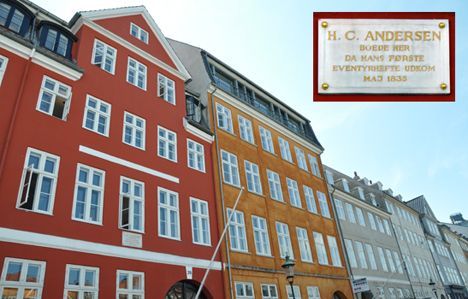
There are gentler men memorialized in Copenhagen, like Hans Christian Andersen for one. He moved around a lot but one of his homes in Nyhavn has a plaque on the wall reminding us of this shy man who was an Ugly Duckling in his own childhood.
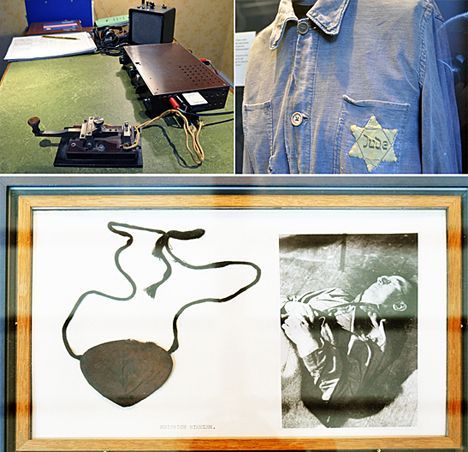
The Museum of Danish Resistance tells the story of what happened when this small country was overpowered by the might of the German army in the spring of 1940. The exhibits include a representation of a telegraph parlor in a private home where members of the resistance could send and receive secret messages. If discovered, the homeowners would be sent to prison or worse. Homes were chosen where no children or maids lived who might thoughtlessly betray the situation. Garments also hang with Jude tags sewn to identify the wearer as Jewish. And on display is an eye patch used as a disguise by the head of the SS, Heinrich Himmler. He committed suicide after his arrest.
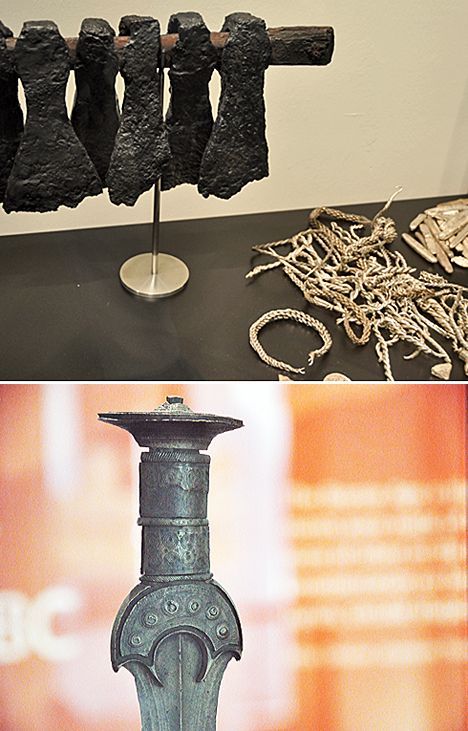
Hitler could never have invaded Denmark at the time of the Vikings —
as ferocious a race that has ever left its mark on history. The Great Dane dog was initially bred as a war dog and those tall animals would rush from the beaches with those fearsome men to attack coastal villages. In the 960s AD they were the last Westerners to embrace Christianity.
The National Museum does a magnificent job of demonstrating the country’s history from the Stone Age to modern times. Displays range from flint axe heads and “hack silver” to Viking swords. George Munro, Ph.D., a lecturer on our cruise ship, had previously explained to us what we would see.
“The Vikings,” he said, “were essentially farmers who ran out of land to develop, so they became raiders. And they were a sophisticated people, capable of mass production of weapons.”
T
he peat bogs of Scandinavia were often used as hiding or storage places for personal effects. They have yielded, over the ages, diverse treasures of all kinds from a cache of 200 mass-produced flint axe heads to hack silver where silver jewelry was cut up to act as currency.
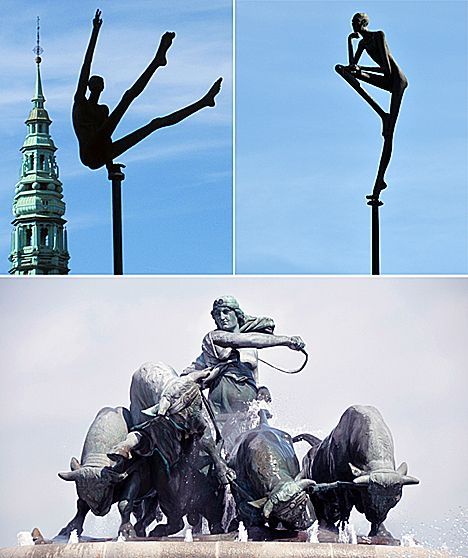
We think of them as the “Melancholy Danes.” Hamlet is a good example. But concert pianist Victor Borge was also a comedian. The Danes do seem able to laugh at themselves. Copenhagen statues for example, can range from the humorous to the fearsome Goddess Gelfion who, in mythology, transformed her four sons into oxen to help her tear a chunk out of Sweden to create the country Denmark on which her fountain stands.
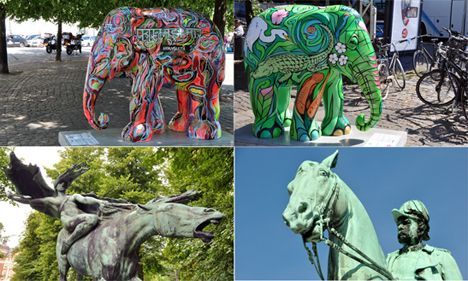
The Copenhagen statues certainly catch your eyes, especially the Elephant Parade, which is “sponsored by the city zoo in aid of the Asian elephant.” Then there are the equine ones, such as the one where the penetrating gaze of King Christian IX’s horse almost spooks any observer. On the other hand Stephan Sinding’s splendid Valkyrie statue might comfort the wounded in battle; they might almost hear Wagner’s Ride of the Valkyries as their savior charges in to drag them from the battlefield.
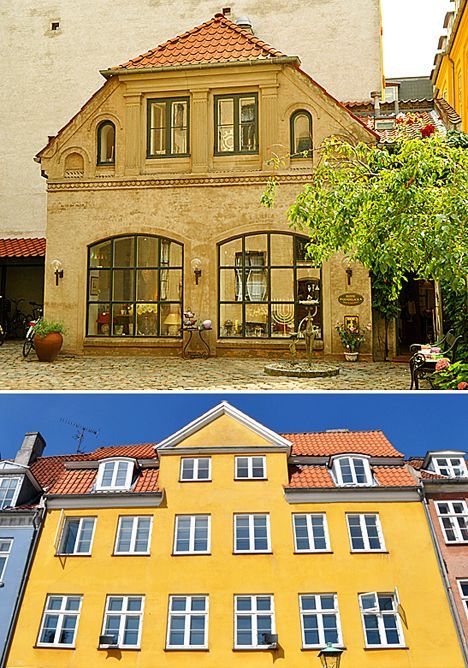
Memories of a city sometimes depend less on what you observe peering into museum cases or staring up at statues and more on what you see as how people live. Probably that appreciation comes more from ignoring the tourist traps and simply walking a city and enjoying the architecture. You can do that easily in Copenhagen.
Unlike most attractions in this expensive city, looking at the houses doesn’t cost a bundle. Denmark is probably better known to U.S. visitors than any other Scandinavian countries —
The Scream
Americans have been coming here longer. Which makes Copenhagen’s gouging of tourists disappointing, although some of that may be due both to what travel editor Rick Steves calls “the ‘blatantly for-profit company Wonderful Copenhagen,” and the weakness of the U.S. dollar. And also the popularity of some tourist places and the usury-like rates imposed by the city’s money changers. As an example, we changed $60 for 200 Danish kroner and at the Els restaurant in Nyhavn a beer for one of us and a cup of coffee for the other cost $30. On receiving the bill, the face of one of us looked like Edvard Munch’s painting of !
The Man Who Cried Orange: Stories from a Doctor's Life.
The Andersons, who live in San Diego, are the resident travel & cruise columnists for Physician's Money Digest. Nancy is a former nursing educator, Eric a retired MD. The one-time president of the NH Academy of Family Practice, Eric is the only physician in the Society of American Travel Writers. He has also written five books, the last called




